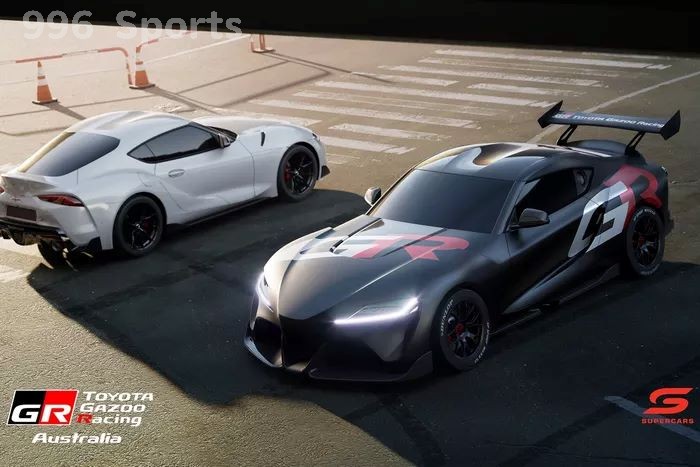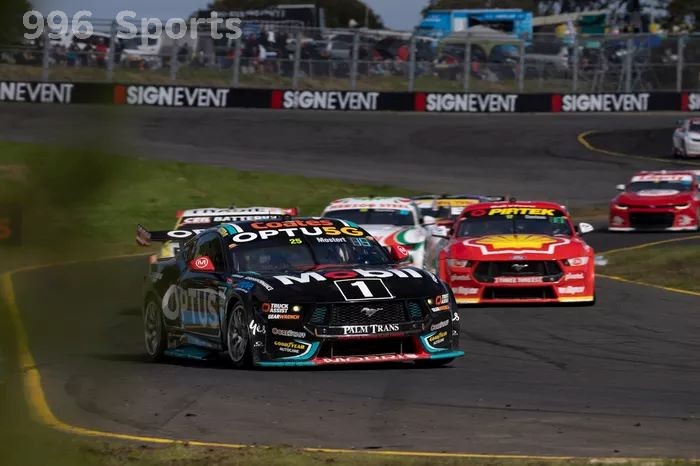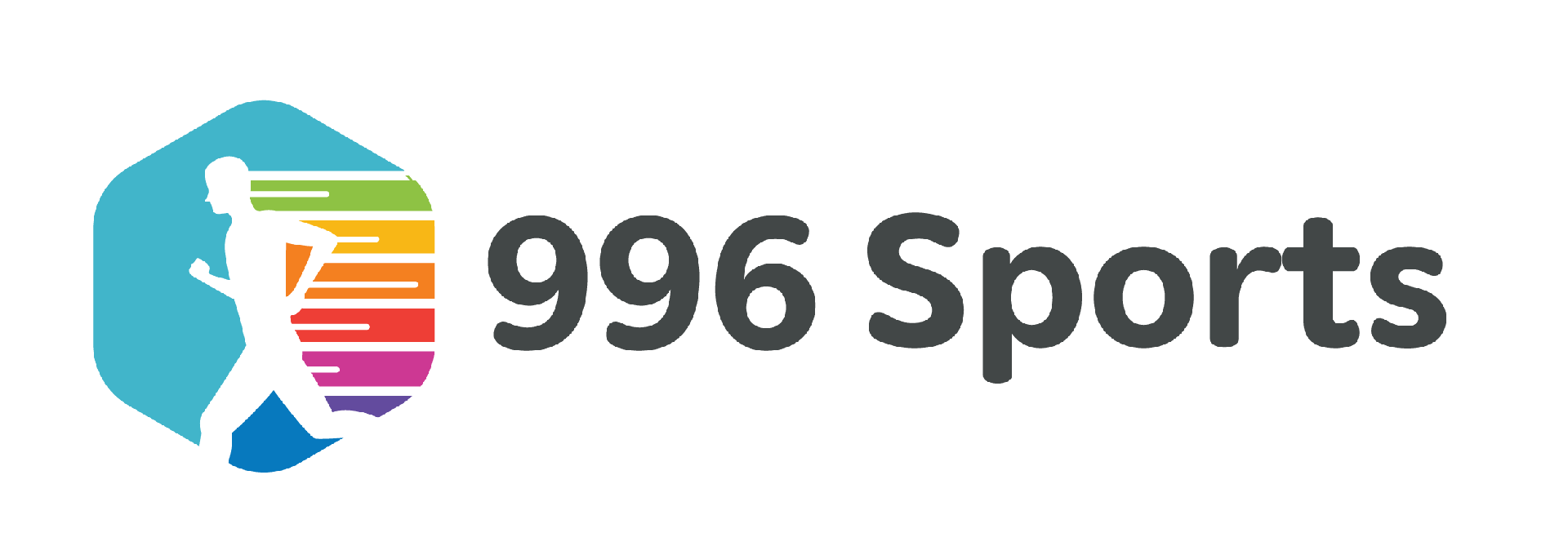Why Toyota's arrival changed the rules of the supercar game
On a gloomy Sunday 32 years ago, Mark Skaife and Jim Richards stood on the highest steps of the podium. This is an exciting moment; Not only was the Bathurst 1000 shortened by a storm, but the drivers only learned a few hours ago that the BMW driver Denny Hulme who participated in the race had died of a heart attack while driving.

Richards and Skeff once drove Nissan's Skyline GT-R to victory, but this did not satisfy many car fans below who were misled into thinking - wrongly - that any other car in the race had a chance to defeat the 'Godzilla'. When they booed, Richard retorted; You're a bunch of asshole
That moment lingered in the hearts of many people for a long time. Of course, it stayed with Sean Hanley, the current Vice President of Sales, Marketing, and Franchising at Toyota Australia. Last week he said, 'We often wonder what would really happen if we went out and won this game. In the tribal era, winning it might be more risky than not playing at all.'.
The 1992 race marked the beginning of the V8 supercar era. The Holden Commodores and Ford Falcons with Australian V8 engines are the core of motorhome racing, and when it was professionally commercialized in 1997, it continued to develop and grow.
Its favorite background story is a familiar story; Australian families grew up on the road, either Horton or Ford, and strangely enough, they still follow one brand or another. This is a tribal competition between the Red and Blue teams.
Besides... In most cases, it's really not like that. Although this theory works well for some fans who accept it, this competition goes against another ambitious goal of supercars - to attract other manufacturers into the category. This worked for a period of time, with Volvo stationed for three years, Nissan stationed for five years, and Mercedes Benz stationed for three years, purely serving the Erebus Motorsport team based on customers.
What we know now is that although Toyota has been standing idly by and striving to join the competition twice (in 1999 and 2010), the background story of the red and blue was one of the reasons why it stayed away - until the Gen3 era in 2023.

I have no doubt that this tribalism still exists, "Hanley said," but now there is space to accommodate new participants, and I think it's timely.
Therefore, Toyota will enter the supercar field in 2026, with the Walkinshaw Andretti United team as its certified team and leader, while another team that has not yet been nominated will each run two GR Supras.
This is a significant game changing news for Supercars. Despite all the rhetoric surrounding the competition between Horton and Ford, the fact is that the era of supercars has seen a decrease in market share for these brands - the Horton brand has completely disappeared.
Toyota has held the top spot in the Australian automotive market for 21 consecutive years as households shift from locally produced family sedans to non locally manufactured high riding SUVs and "UTES". Toyota dominates without any apparent desire to participate in supercar races and prefers to have more low-key performances in the Australian Rally Championship and the single brand Toyota Gazoo Racing Australian 86 Series.
Where there is credit, there is credit. If the new Gen3 platform performs below expectations in certain aspects - parity and cost, to name just two areas where problems still exist - then Supercars has created a framework that ultimately attracts Toyota and deserves praise.
The timing couldn't be better. Not only will the current broadcasting agreement for this category be renewed by the end of next year, but it is also believed that the host cable TV and streaming service broadcasting company Foxtel itself has already gone public. The arrival of Toyota, Australia's largest car advertiser to date, should make this category a more valuable asset - an important factor when it is said that the cost of Gen3 cars is as high as AUD 800000 (£ 410000), far beyond the initial plan.
Toyota already has a wide influence in the Australian sports industry and is the title sponsor of the largest Football Code (AFL) for rugby union, Australian Cricket League, as well as national Olympic and Winter Olympic teams. Its 86 series has received solid support from television advertising spending; Regardless of which broadcasting company reaches a broadcast agreement for supercars after 2025, there will be reason to be optimistic that the commitment will expand.
There will be many things to do before the opening match in 2026. Ford will lose one of its five two car fleets and will be keen to ensure that whichever fleet uses the second pair of Supras, it will be a defector from General Motors' fleet rather than its own. In fact, Ford may just be looking for new partnerships on its own to maintain its 10 supercars. Two Chevrolet fleets may switch brands in 2026.
WAU will need to run parallel plans for just over a year, one for racing with Ford in 2025 and the other for developing a new Toyota. Supercars will have to incorporate Supra into their technological framework to ensure that the difficulties hindering the development and technological equality of Mustang and Camaros do not extend to the third model.
The new supercars are the sporty two door Camaros, Mustangs, and the upcoming Supras; A Down Under version of GT3. 'Winning on Sunday' is still an effective slogan, but the vehicles that the brand will attempt to sell on Monday now have no resemblance to those on the track. Times are changing, and Supercars has achieved it - hoping to become better.
